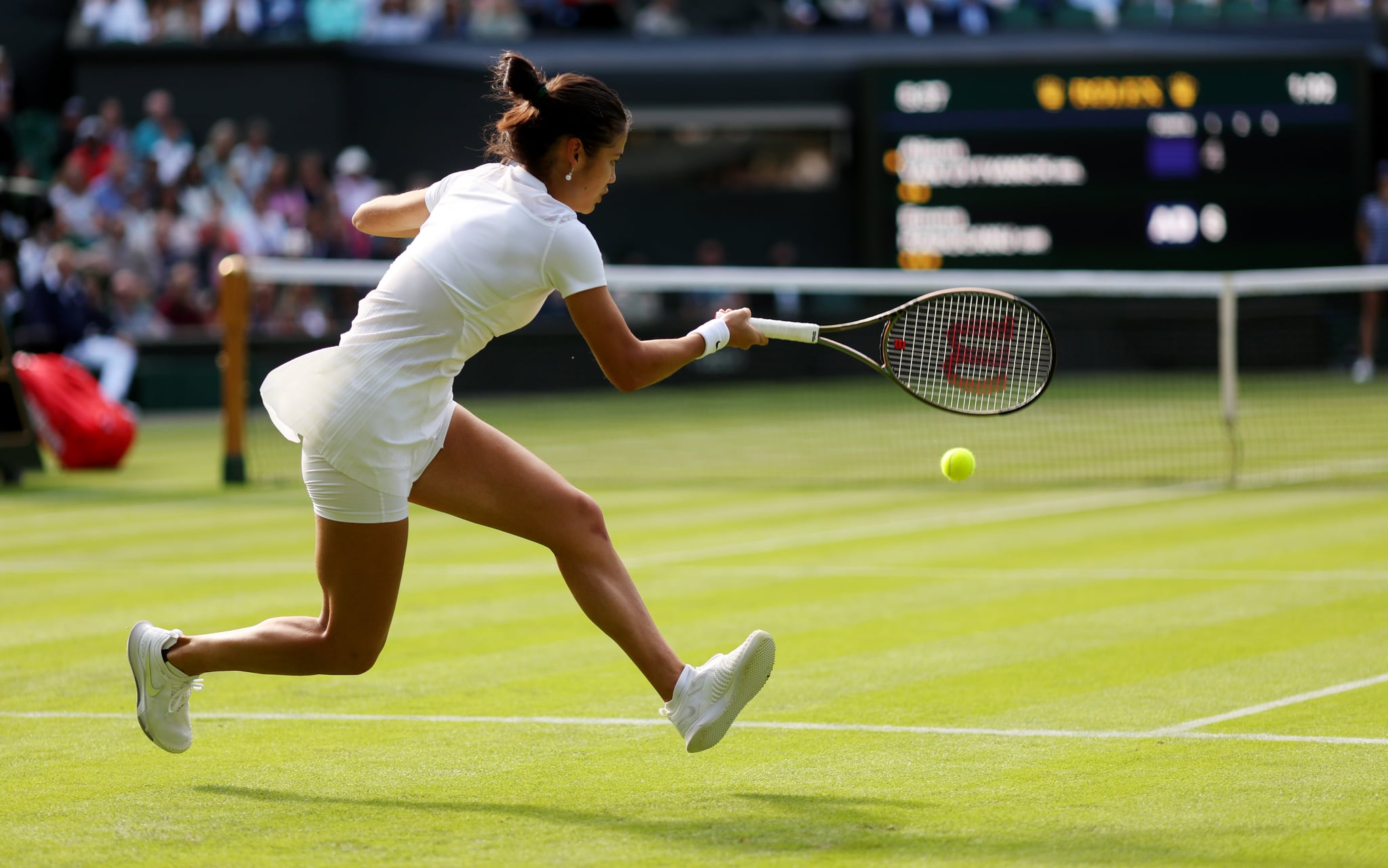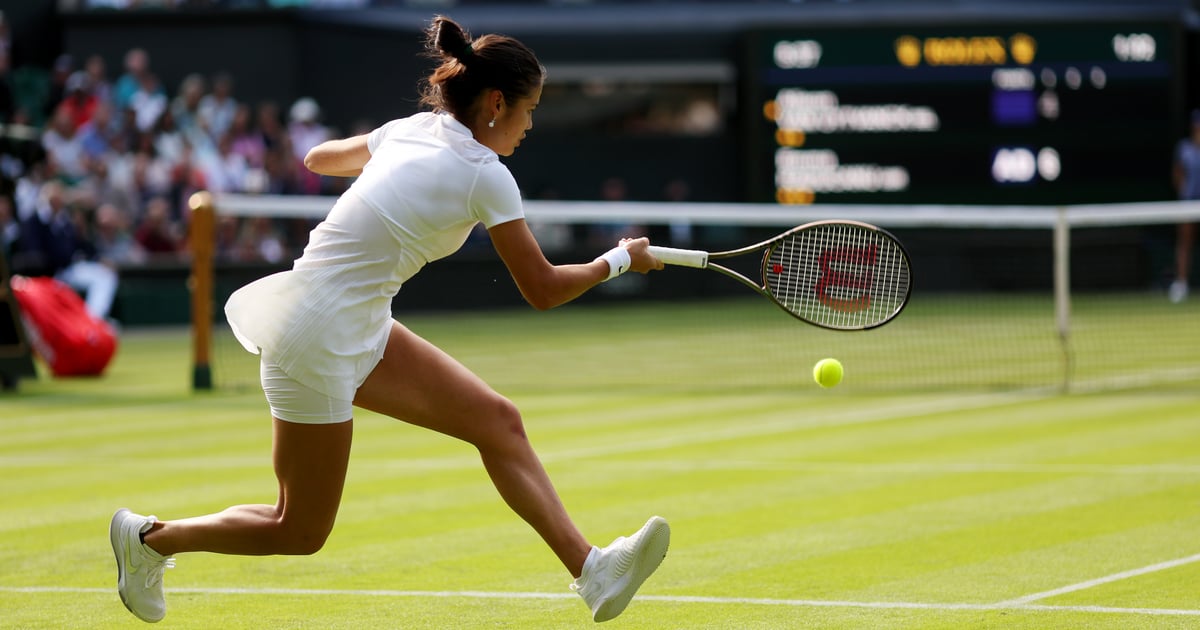Products You May Like

Today the annual Wimbledon Championships returns—and athletes have made it clear they’re ready to update the age-old traditions of the tournament, particularly those that disproportionally effect women athletes, including the dress code. Wimbledon’s strict rule on an all-white dress code has been around since the Victorian era, but now it’s being called into question.
The rule was originally enforced because any sign of sweat was considered “rude or improper.” It’s hard to not roll your eyes at that thought when you consider the real fear players face of menstrual blood showing through their skort. “I cannot imagine going into the biggest day of my life, with my period, and being forced to wear white,” said tennis broadcaster Catherine Whitake in an interview with the Telegraph. Former tennis player and Olympic champion, Monica Puig, tweeted in response to the discourse, commenting on the stress of wearing white while playing in a tournament.
Definitely something that affects female athletes! Finally bringing it to everyone’s attention! Not to mention the mental stress of having to wear all white at Wimbledon and praying not to have your period during those two weeks. https://t.co/PzyHnPlSJk
— Monica Puig (@MonicaAce93) May 31, 2022
The current dress code completely ignores the impact periods can have on athletes. Just last month, tennis player Qiwen Zheng opened up about how menstrual cramps affected her performance. After Zheng’s devastating loss to Iga Swiatek in the French Open she told reporters, “I cannot play my tennis, (my) stomach was too painful,” per CNN. “I wish I can be a man on court…so that I don’t have to suffer from… my stomach pain. I think I could enjoy more, like to run better and to hit harder,” she went on to say.
The uniforms aren’t the only thing that impacts women athletes disproportionally. Players can leave the court twice to go to the bathroom during a match (while doubles teams must share their allocated number of breaks). The limited bathroom breaks during Wimbledon further highlights how periods are not taken into consideration during the tournament. The lack of acknowledgement means athletes have to invent their own workarounds like wearing additional pads, larger size tampons, or using birth control strategically.
British tennis player, Heather Watson, told BBC Sport that while she enjoys the traditional element of wearing white, planning her period around the tournament can be stressful and “annoying”.
“I’ll probably go on the pill just to skip my period for Wimbledon. That’s the thought process and conversations that girls have about it,” she said.
Women athletes aren’t the only ones who find the dress code too strict. Tennis players Andre Agassi, Roger Federer, and Rafael Nadal have expressed frustration by pushing the boundaries on what they wear—Agassi went so far as to boycott Wimbledon between 1988 and 1990 to make his stance clear. However, their argument has stemmed from the freedom of expression stylistically.
Changing the dress code is just one step towards a more inclusive environment for professional tennis players. Wimbledon has yet to respond to any of these player’s comments. With no ongoing petitions or policy efforts, there doesn’t seem to be any sign of change.
